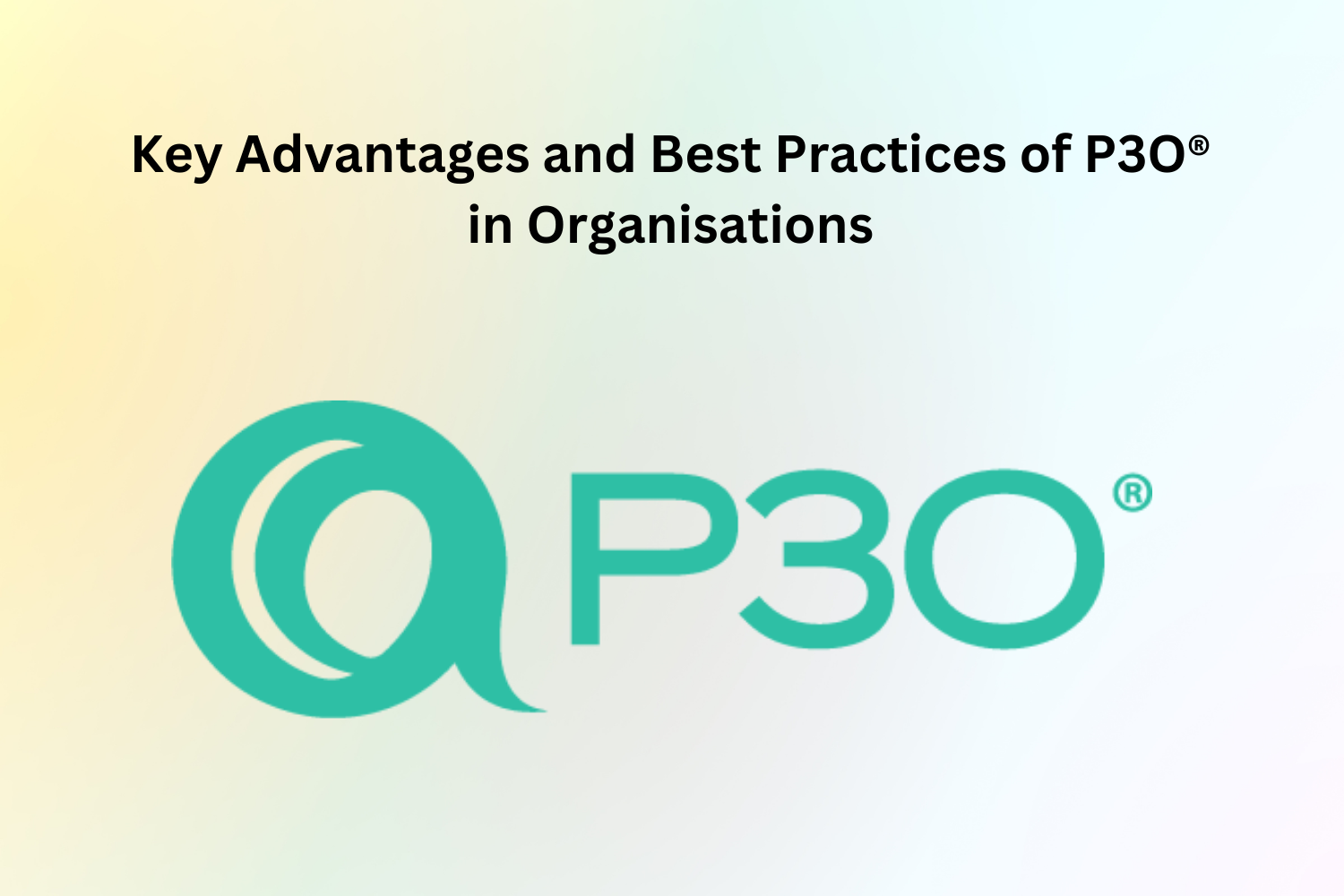Organisations are always looking for frameworks that help them better manage their portfolios, programmes, and projects. Portfolio, Programme, and Project Office, the P3O® system has become one of the best methods. There are different P3O® Courses available, and certified professionals can effectively utilise these methods in their projects. These blogs will discuss the Benefits of P3O® and the best ways businesses can use P3O®.
Table Of Contents
- Understanding P3O®
- Key Advantages of P3O®
- Best Practices for Implementing P3O® into Action
- Conclusion
Understanding P3O®
AXELOS created P3O® as best practice advice. Efficient portfolio management and project alignment with long-term goals enable businesses to use resources more effectively and make better decisions in their projects.
Key Advantages of P3O®
Centralised Governance and Oversight
One of the best things about P3O® is its setting up a centralised governance system. This way, standards, methods, and reporting methods are kept the same across all projects and programmes. A central P3O® lets you see all your projects at once, which helps you make decisions and assign resources more efficiently based on your company’s top objectives.
Better Alignment with Strategic Goals
P3O® helps groups ensure their projects and programmes align with their strategic goals. By allowing groups to rank projects based on their importance to the company and their alignment with strategic objectives, P3O® ensures that resources are put towards the projects that help the organisation succeed the most. With this strategic alignment, project duplication is minimal, and total value delivery is increased.
Enhanced Risk Management
P3O® makes assessing and handling risks easier by providing standard tools and methods. This lets businesses find, evaluate, deal with, and monitor risks across all of their companies, programmes, and projects, which lowers the chances of projects failing or being delayed.
Optimum Use of Resources
P3O® helps companies make the best use of their resources by showing them where, how much they can do, and which projects need them. This helps with better planning, allocating, and prioritising resources, making sure that they are correctly given to projects based on how important and urgent they are from a strategic point of view.
Improved Decision Making
Making smart choices is essential for completing a job successfully. Standardised reports, dashboards, and performance measures in P3O® give decision-makers accurate and up-to-date information. Stakeholders can then use the data to make choices, spot trends, predict problems, and take action to solve them before they get worse.
Best Practices for Implementing P3O® into Action
Define Goals and Scope
Organisations should be clear about their goals and the scope of their project. The results they want before they start using a P3O® must be clearly defined. Set goals that can be measured, and make sure that the implementation of the P3O® fits with your strategic priorities.
Engage Stakeholders and Build Support
For P3O® to be implemented successfully, stakeholders must be strongly involved and support it. Senior leadership and project department stakeholders should be involved in the planning and implementation process. To include stakeholders in the process, discuss the benefits, and address issues with them.
Make the P3O® Model Fit Your Organisation’s Needs
P3O® is an adaptable framework that can be changed to fit a business’s specific needs and traits. When making the P3O® model, it’s essential to look at the organisation’s level of maturity, its current governance systems, culture, and how it handles projects. Changing roles, tasks, processes, and tools to fit the organisation’s needs ensures they work well together and increases adoption.
Provide Training and Support
For P3O® adoption to go well, you must provide practical training and help. Companies should spend money on training courses that teach people about the ideas, roles, processes, and tools of P3O®. Teams that receive ongoing support, training, and coaching can better adapt to the new governance model and use P3O® in their daily work.
Monitor Performance and Continuously Improve
A P3O® works best when it is constantly watched, evaluated, and made better. By setting success metrics, key performance indicators (KPIs), and feedback systems, organisations can test how well the P3O® model works, find where it can be improved, and make changes based on the data. Regular reviews, sessions on what was learned, and sharing of information all help to keep learning and improve P3O® practices.
Conclusion
Using a P3O® in businesses provides various benefits. Organisations can utilise different implementation strategies to work efficiently with the P3O®. For more information visit: The Knowledge Academy.


